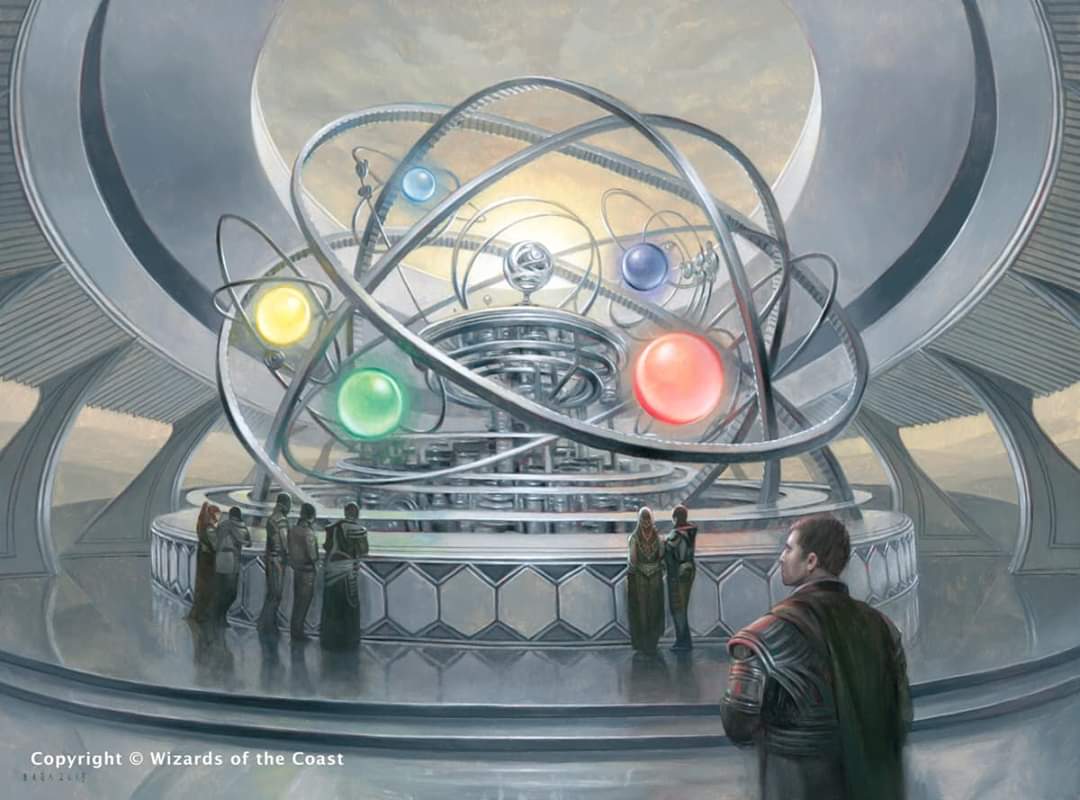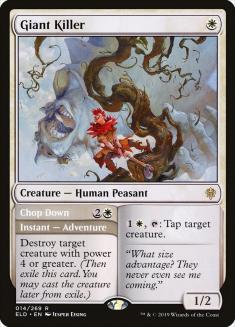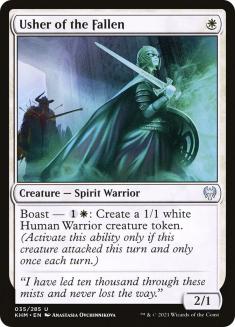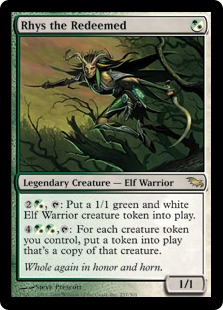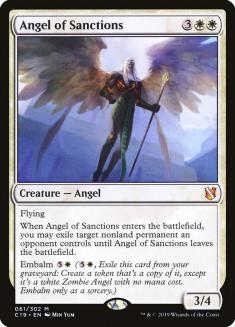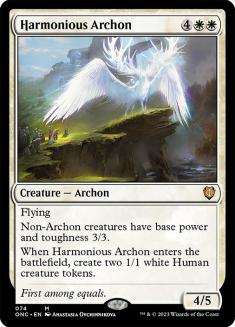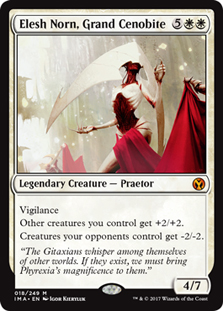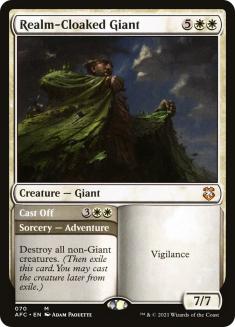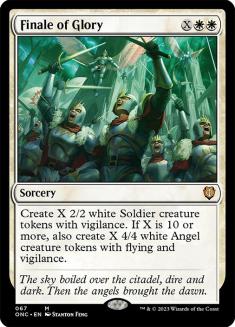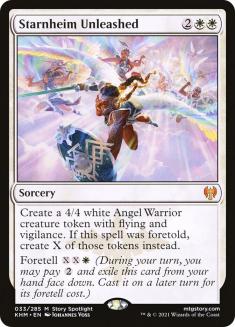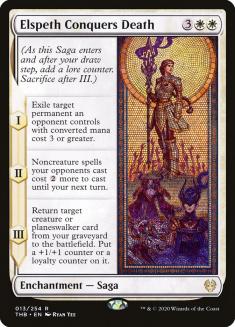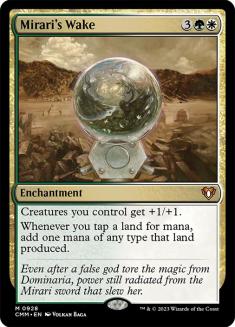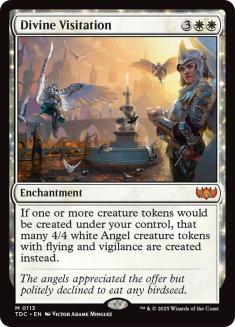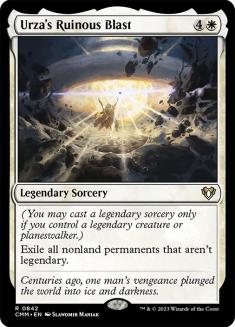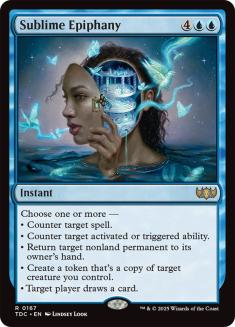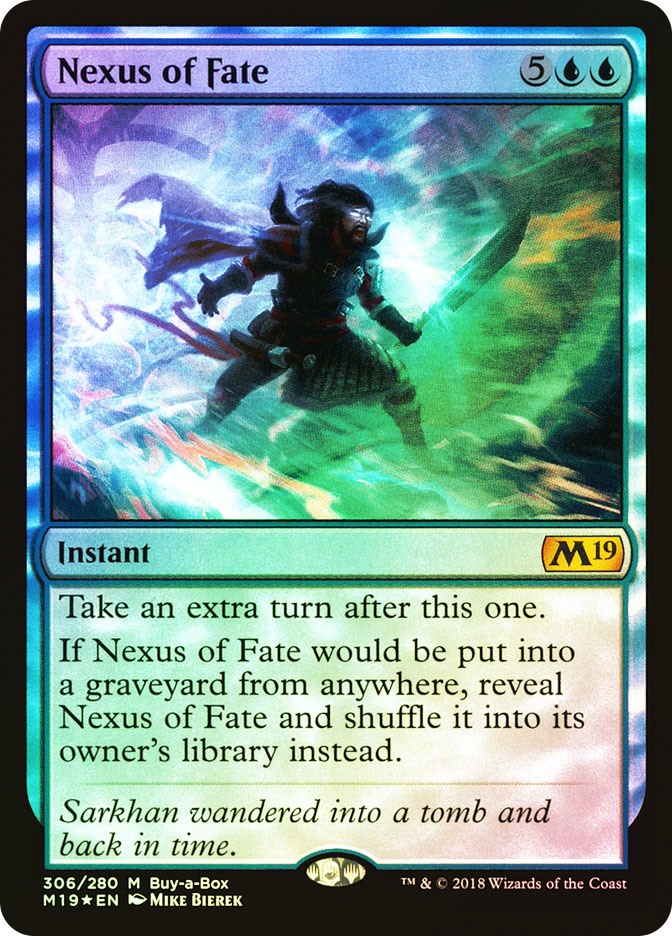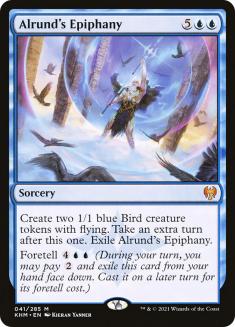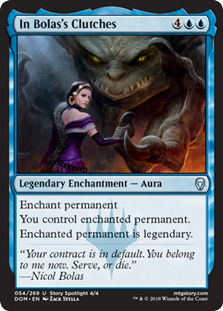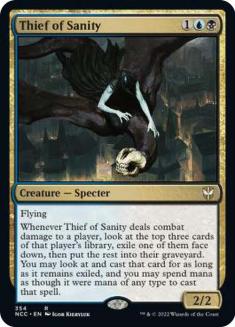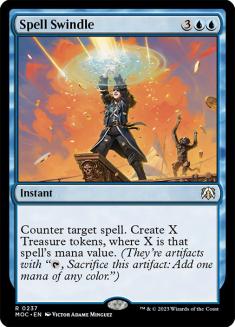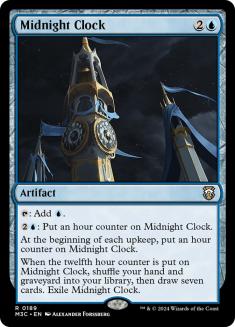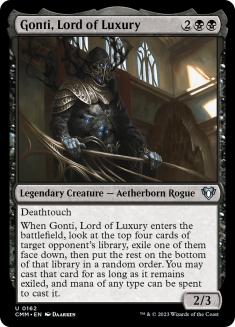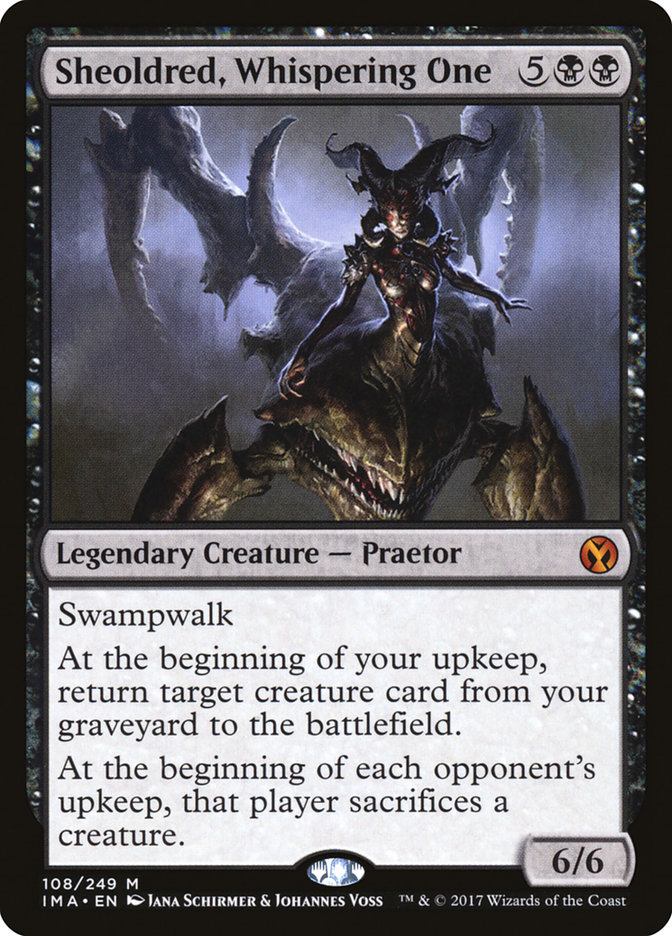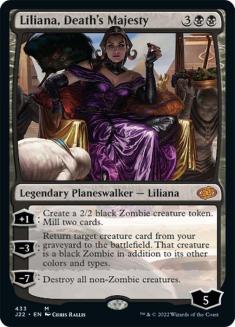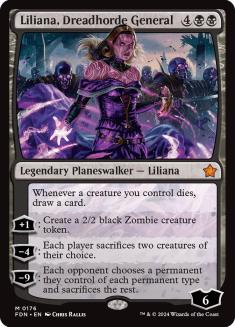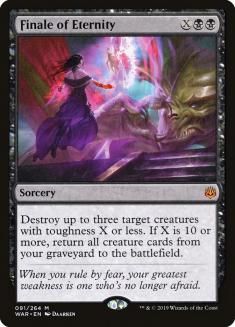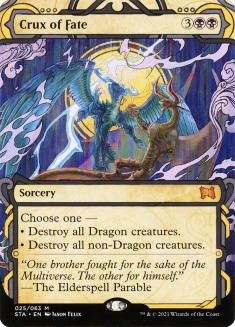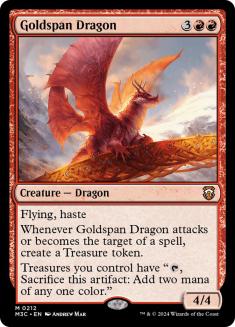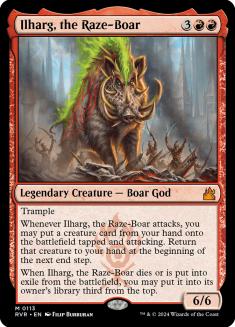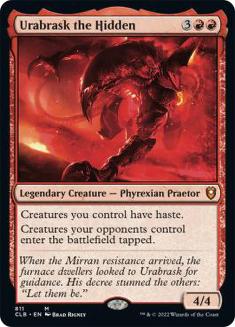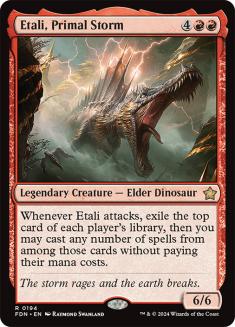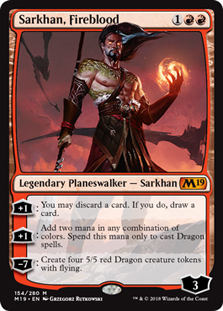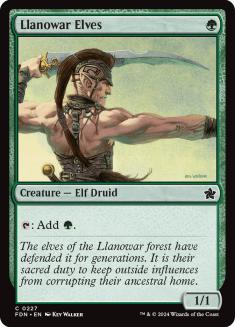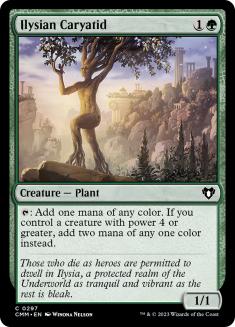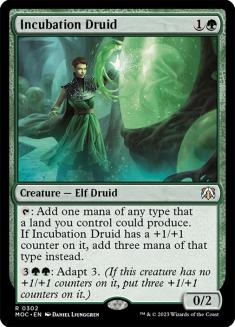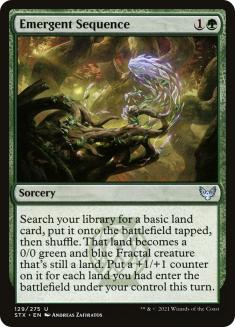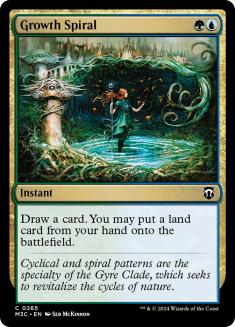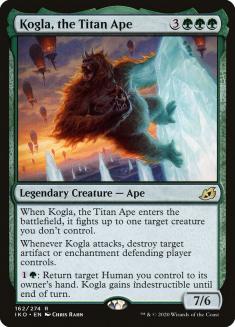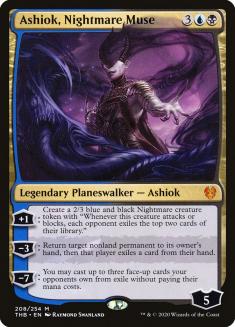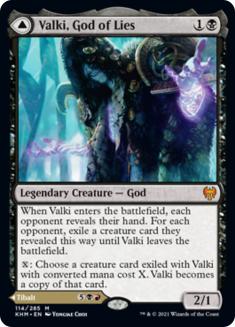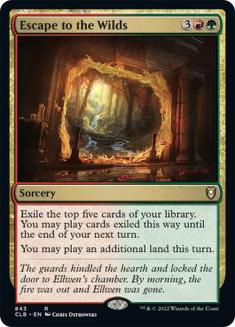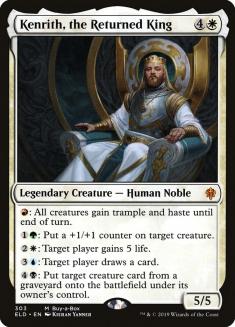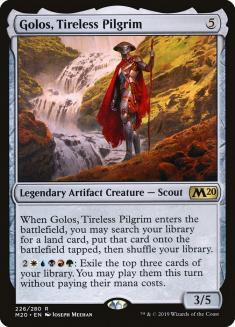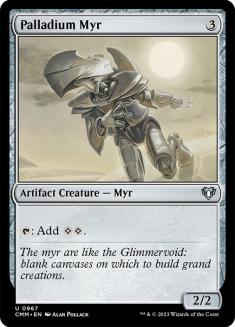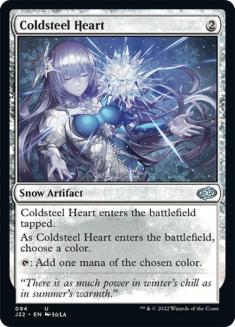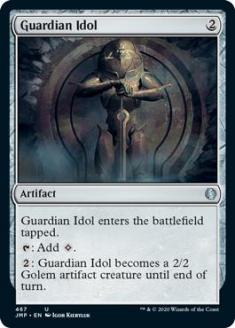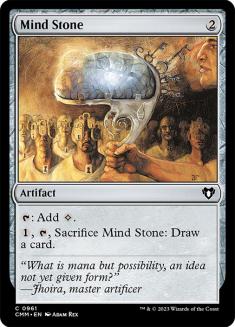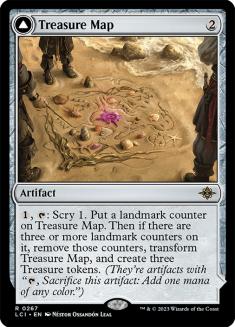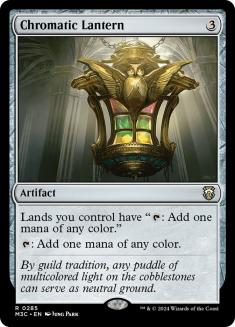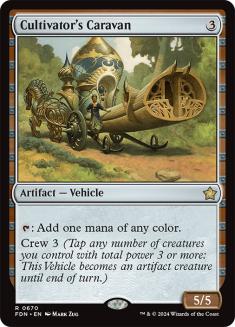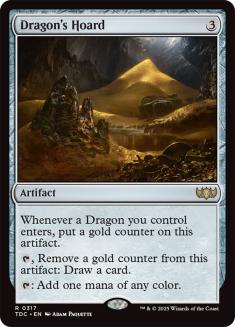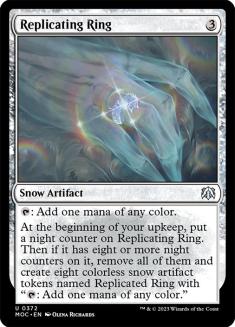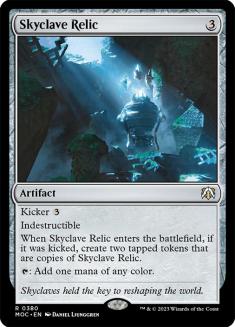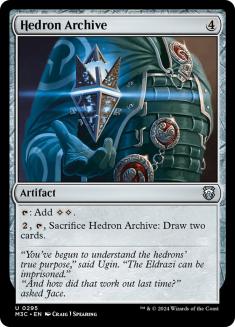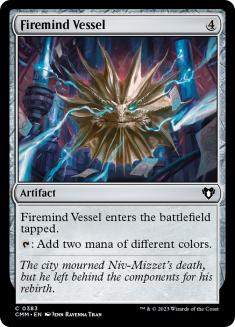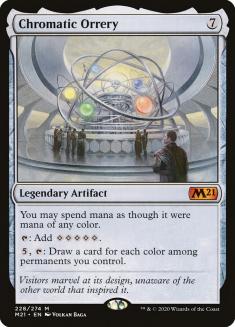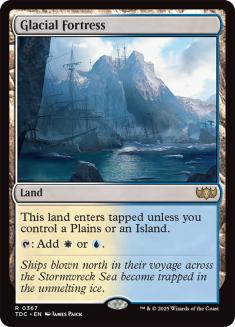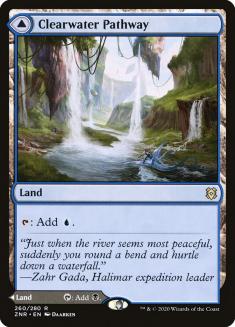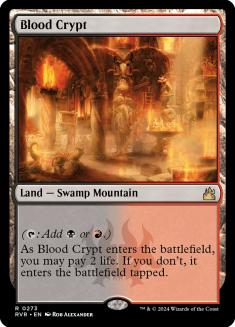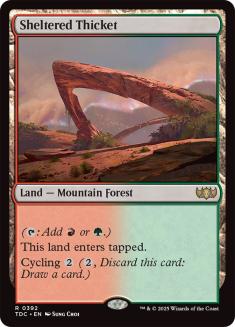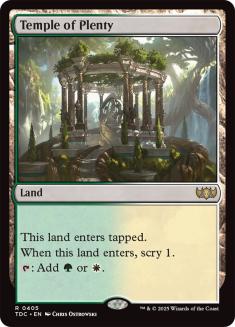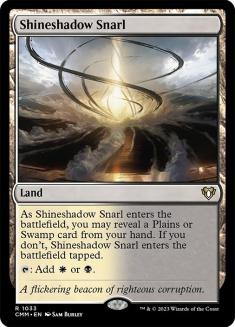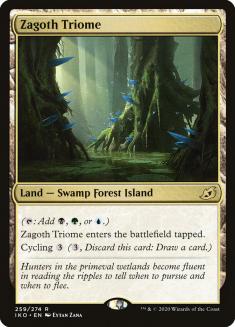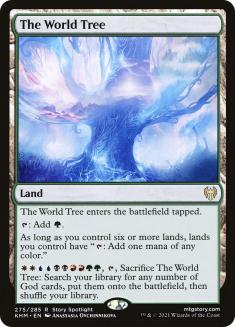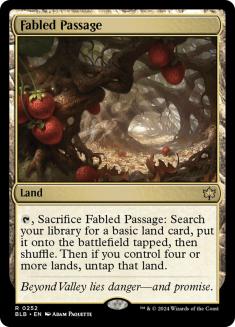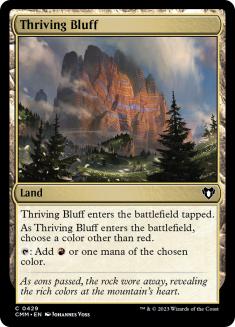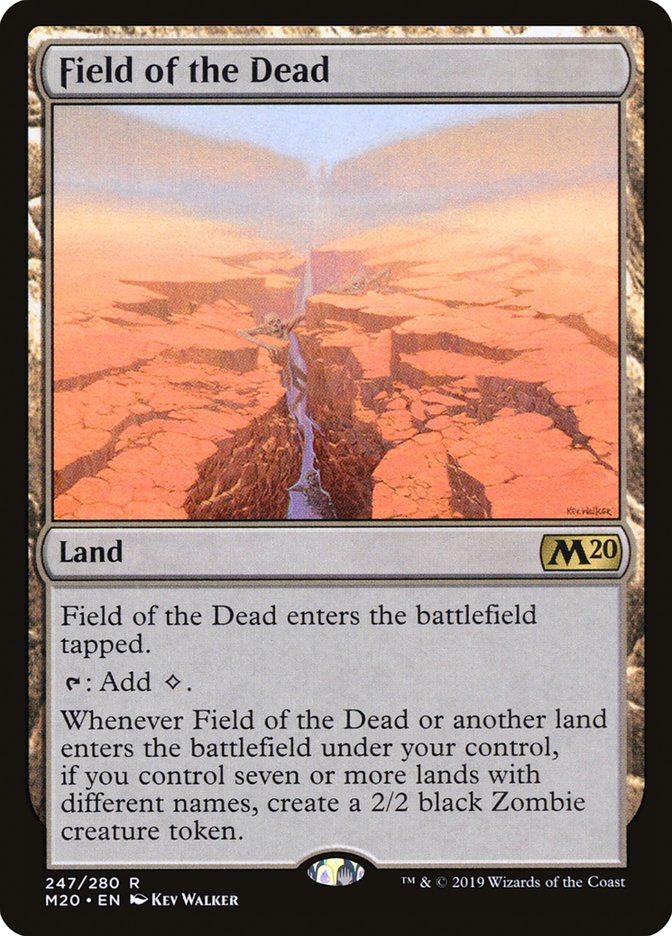Happy Monday, gamers. As you know my stuff usually comes out later in the week, but it turns out there’s a lot going on in the world of Cube Draft right now. Last week I filled you in on Modern Cube’s return to Magic Online, and this week I have the skinny on an all-new Cube that hit Magic Arena last Friday — Chromatic Cube.
Chromatic Cube will be live through July 8th, and you can find the breakdown of the Cube by designer David McDarby here. As usual, I’ve also ported the card list over to Cube Cobra. The timing of Arena Cubes to this point has lined up so that this is actually my first article on any Arena Cube, and with that in mind I’ll have some general notes for Cubes on Arena in addition to my typical breakdown.
Limited Card Pool
While they’re releasing more cards on Arena all the time, the total card pool on the client is significantly smaller than that of Magic Online. With all of the Historic Anthologies and a few other non-Standard releases growing the Arena card pool, it’s not always immediately clear what all is on Arena, but suffice to say you’re going to see a lot more new cards in these Cubes.
The starkest contrast tends to be in manabases. The Arena Cubes tend to feature a pretty good concentration of mana-fixing lands; they’re just not in the form of fetchlands or original duals. A ton of pre-Amonkhet Cube staples are also absent. This ranges from cheap card selection spells like Ponder to traditional win conditions like Grave Titan. There are plenty of fundamental similarities revolving around having a good volume of fixing for your colors and drafting with your mana curve in mind, but a lot of the game pieces look different.
For this reason, the Arena Cubes strike me as exceptional Cubes for players who are newer to Magic and will present a lot of cards that experienced Cubers will be reading for the first time. Many of the most powerful cards in the Arena Cubes have made their way into Cubes with less limited card pools, though you’ll see a lot of fresh faces in the supporting cast. Given that the best cards are showing up all the way back to Vintage Cube, it stands to reason that it matters more that you have a coherent mana curve with the less powerful cards than anything, but it definitely doesn’t hurt to familiarize yourself with the card list.
Best-of-One VS Best-of-Three
The other major difference that Arena Cubes have relative to other Cubes is the choice to play against more opponents without a sideboard. Personally, I really enjoy the Best-of-One experience for the Arena Cubes as I don’t play Arena as a competitive outlet. It’s more likely that I’m playing on mobile these days, and a quick game now and again is what I’m looking for on the client. The Chromatic Cube is much less aggressive than the base Arena Cube, which is less conducive for this sort of play, but I’ve also been known to play some Best-of-One on desktop.
After playing Chromatic Cube through the weekend I’ve discovered that there’s something of a rock-paper-scissors metagame in the Best-of-One queues. My experience has been that Best-of-One decks broadly fall into one of three categories. There are aggressively leaning decks, midrange decks that are aiming to take control of the game around Turn 5, and decks that go as big as possible. The games have some play and some variance to them, but I’ve found the midrange decks tend to beat the aggressive decks, the go-big decks tend to beat the midrange decks, and the aggressive decks tend to beat the go-big decks. The quality of the decks definitely matters, and with aggressive support being pretty sparse, this has led me to prefer to try to go as big as possible in the Best-of-One queues.
Best-of-Three is a bit different, but the base nature of the decks remains the same. If you accept my premise of a loose archetypal rock-paper-scissors format, then the logical strategy for Best-of-Three is to draft a deck that can change its role between two of the macro-archetypes in sideboarding. Personally I’ve found that the go-big decks come together most consistently and the easiest ask seems to be drafting a go-big deck that can lower its curve to play a midrange game against the aggressive decks. Of course, mastering any Limited format takes more nuance than that, but I’ve found this starting point incredibly useful for Chromatic Cube.
With that all in mind, let’s move on to the Cube breakdown by color.
White
The big draw to white in Chromatic Cube is that it has the best shot at a consistent aggressive deck. There are very few total one-drops in the Cube, so if you want to beat down you’re really looking for all of these:
As I mentioned above, I strongly prefer the go-big macro-archetype, and that is motivated in part by the fact that my opponents seem to overwhelmingly favor midrange decks. There are only so many good beatdown creatures, which makes it difficult to draft a consistent aggressive deck, and then on top of that my experience has been that when I try to play a beatdown deck I queue into very difficult matchups. I’ve seen Usher of the Fallen be very good on Turn 1, though the situation gets difficult very quickly for the Usher of the Fallen decks when they fail to close quickly.
Your mileage may vary with the white aggressive decks, but I’ve been much happier with these go-big white cards:
Basically I’m looking for plays that totally invalidate whatever my opponent is up to. As such, I’m inclined to favor sweepers and/or massive threats. To this point Mirari’s Wake has been my most-drafted white card, and I find that losing after untapping with one is a difficult task. It’s the beatdown deck’s job to win before you can accomplish this, and it’s the go-big deck’s job to try to untap with Mirari’s Wake or some similar giant mana boost as quickly or with as much life as possible.
Lastly, Divine Visitation and Urza’s Ruinous Blast are two considerations with very high ceilings. There’s some variance here with regard to gameplay and how your deck comes together in drafting, but when things line up correctly these cards accomplish the goal of invalidating whatever your opponent is up to.
White has been firmly a middle-of-the-pack color for me in Chromatic Cube. When it comes to white cards I’m most happy if I can get a good Usher of the Fallen deck together or if I’m on the exact opposite of the spectrum of decks, and have been generally unimpressed by everything that falls between the two.
Blue
I didn’t give the Cube list a very thorough look-over before I got busy drafting and was taken aback upon seeing a number of the cards. I’ll keep spinning this broken record and say that blue has the lion’s share of best cards in the Cube.
If you’re looking for the list of cards that most consistently decide games agnostic of other factors, you’ll find most of them here. These specific cards and types of effects are all classically powerful Cube staples, so there aren’t any surprises here.
I’d go out of my way not to pass any of these, and I would love it if Sublime Epiphany stopped showing up in the Arena Cubes. When it was first printed it seemed neat and it costs six mana, so it was possible that it was a fun card that mattered sometimes, but you don’t have to play too many games to see how messed-up it is in these formats. The other stuff is much more forgivable, but the cards are comparably difficult to pass. I actually really love the tier of cards right below these in power.
Midnight Clock is maybe my favorite card that consistently performs in Arena Cubes yet isn’t necessarily the best fit for other Cube environments. I also think that Spell Swindle does a great job of executing on the design goal of a Cube that emulates Commander gameplay. It costs a lot of mana and the effect is powerful, but it won’t completely turn games around when you’re behind.
I want all of my go-big decks to be blue to the point that blue mana-fixing ranks above basically every card that doesn’t accelerate mana or win the game in my pick order.
Black
Black is my pick for the most awkward color in the Cube because almost all of the black cards that I want to play have two black pips and there isn’t really infrastructure for a mono-black deck. To illustrate my point, this is the short list of black cards that I’m excited about:
I did have a seven-win Omnath, Locus of Creation deck that was splashing for Crux of Fate, but that was less deliberate than just how the packs fell. Black does open up quite a bit when you get into gold cards, but I haven’t been very impressed with decks skewing heavily black in Chromatic Cube.
Maybe Gray Merchant of Asphodel isn’t quite on-theme with everything else happening here, but a small change like adding that card would significantly increase my interest in black decks in this Cube. There are these Sacrifice and Reanimator themes that are slotted in to operate more slowly than they do in other Cubes and I just haven’t been impressed with them next to fast mana and bigger plays from other decks.
Red
There’s not a single red one-drop in this Cube! That makes sense if you’re trying to let players get to their big plays, but it is something to keep in mind if you’re on the fence about drafting an early Earthshaker Khenra. The support just might not be there. In general, I try to stick to red cards that generate value, with this being the cream of the crop for me:
You can get fancy with a Double Vision and/or a Fiery Emancipation, but generally you’ll get better mileage out of the cards that don’t need much help to be excellent. Sarkhan Fireblood is my pick for the standout of this lot given that you’ll either have some Dragons to ramp out or your opponent will be unlikely to quickly pressure Sarkhan and you’ll get to ultimate it.
I’ve mostly seen red be successful as a splash color for the go-big decks or a primary color for midrange ones. I’d contend that the midrange decks should go out of their way to be red, and that the haste threats are incredibly important given the high mana curve of the Cube. Haste is always excellent, but it’s even more important given that your opponent will be trying to make big plays early and often, which can easily invalidate any creature that has to wait a turn to attack.
I like red a fair amount more than black in Chromatic Cube, and I’d put it approximately equal with white. Red removal spells in the Cube are interesting because they can fluctuate wildly in quality. I’ve had Electrolyze devastate me by taking out a ramp creature, while Lightning Bolt doesn’t amount to much against a good Growth Spiral curve. I will say that Bonecrusher Giant is completely devastating against the aggressive decks that are possible in the curve, which supports my position that red is ideal for the midrange decks in the Cube.
Green
I was four drafts in when I first saw Llanowar Elves, and I was honestly floored by its inclusion. In a Cube that’s all about making big plays, fast mana is king. Green is the best color at fast mana and it and blue are in direct competition for most powerful color in the Cube. There’s a pretty high volume of three-mana ramp spells in the Cube, but one- and two-mana options are hard to come by and comparably hard to pass.
There are a couple of colorless options for cheap mana ramp as well, and altogether these are the cards that I’m looking to pick early and often above any other category of card. Explore and Growth Spiral tend to get passed more than the other options in my experience, and I’m always more than happy to snatch them up. My decks tend to have at least one seven-drop, so I’m usually in the market to play eighteen lands anyway, which makes these cards generally as good as or better than a fragile mana creature.
I don’t put a ton of stock into how my green decks are closing games outside of making sure that I have some solid top-end and trying not to pass any of the absolute most powerful options in that regard. A green card that I’ve been able to get pretty consistently and that I actually believe may be the best green threat is Kogla, the Titan Ape. It survives the fight it picks overwhelmingly and then lives to blow up some mana rocks and/or enchantments. Triple green is a little tough, but I’m also taking green mana-fixing incredibly highly, so Kogla has been more castable in my four- and five-color decks than one might assume.
Beyond that, any green card that does some combination of accelerating your mana and generating value is going to perform incredibly well in this environment. Llanowar Visionary, Oracle of Mul Daya, and Beast Whisperer are all incredible, and are cards that I would go out of my way to play.
Gold
My big notes on gold cards for Chromatic Cube are that mana-fixing lands are plentiful and aggressive decks are sparse, which both push back on the “conventional wisdom” that picking a gold card early prevents you from staying open. Personally, I’m pretty firm in wanting to play a base Simic deck with some or all of the other colors, so Growth Spiral may as well cost generic mana.
I’ve mentioned a number of the most powerful gold cards in the Cube already, and here’s a list of high picks previously unmentioned:
No surprises here. More cards that generate a lot of value. I will say that this Cube probably has the worst support for Uro of any Cube I’ve drafted, which is honestly great because playing with and against Uro is miserable. The high volume of permanents and expensive spells can make it difficult to escape Uro, and your opponent will generally be up to some pretty big plays themselves, so Uro hasn’t seemed terribly problematic in my experience.
Golos, Tireless Pilgrim, on the other hand, has been absolutely absurd and is arguably the most powerful card in Chromatic Cube. Golos either goes unchecked and you can start activating it for more expensive spells to trounce your opponent, or they use some kind of removal spell on it and you still got to ramp yourself into your bigger plays. I would basically never pass Golos in this Cube.
Lastly, I’d pay attention to cards like Zacama, Primal Calamity; Genesis Ultimatum; and Inspired Ultimatum. They’re expensive and of varying degrees of difficulty to cast so I usually wouldn’t first-pick them, but they’re more castable in this Cube than they might appear due to the nature of the mana-fixing and ramp in this Cube, so I often aim to wheel them. Niv-Mizzet Reborn and Maelstrom Archangel are also totally in-bounds.
Artifacts
I’ll just keep beating the dead horse about mana acceleration here. I’ll always pick the following highly:
Mind Stone is significantly more powerful than Hedron Archive because you really do want to get going on Turn 2 if you can, but I basically never cut any of these cards from my deck. Gilded Lotus is also respectable, but bear in mind that you do have to actually play to the battlefield at some point. I’m actually much bigger on Chromatic Orrery when it comes to giant mana sources.
This is another card that does a great job of delivering some of the Commander experience with this Cube. It’s just a giant mana-generating card that can also generate card advantage, generally only showing up in multiplayer games. This has been an essential card in my go-big decks for winning mirror-esque matches and for staying gassed up into the late-game. In my mind, it’s the poster child of the Cube.
Lands
Finally, we come to the lands. While we don’t have fetchlands or original duals, we do have a lot of stuff that’s solid to fine at fixing mana on Arena. Allied colors get checklands, Pathways, shocklands, cycling duals, and Temples. Enemy colors sub in Snarls for cycling duals. Beyond that, there are Triomes and some five-color options.
I’ve written about most of these in some capacity for one Cube or the other, and my major note is that lands that make blue and green mana are higher picks than other lands, as opposed to one type of dual being better than another. Thriving lands are the new kid on the block among these cycles, and they have performed very well in my experience. They’re exactly the same as Shimmerdrift Vale if you’re not playing the base color, and afford incredible flexibility if you are playing the base color. Seeing as I’m always hoping to play Golos, I’m a big fan of any five-color land.
And lastly, we have Field of the Dead, commonly featured in the Arena Cubes, both a high pick and another card that contributes to my philosophy of drafting mana-fixing lands in Chromatic Cube early and often. Most of the games are slow and the amount of value that Field of the Dead provides for a land is well worth the price of admission. Even though I’m often playing four or more colors, the colorless land fits well enough in my eighteen-land decks. I’d more often play nineteen lands to facilitate Explore and Field of the Dead than I would pass the card.
The Chromatic Cube delivers on the promise of being a Cube that’s about playing a lot of colors and on McDarby’s design goals of offering some Commander-like gameplay. If you’re into that sort of thing or you’re just looking to break into Cube Draft, then I’d definitely check it out.

